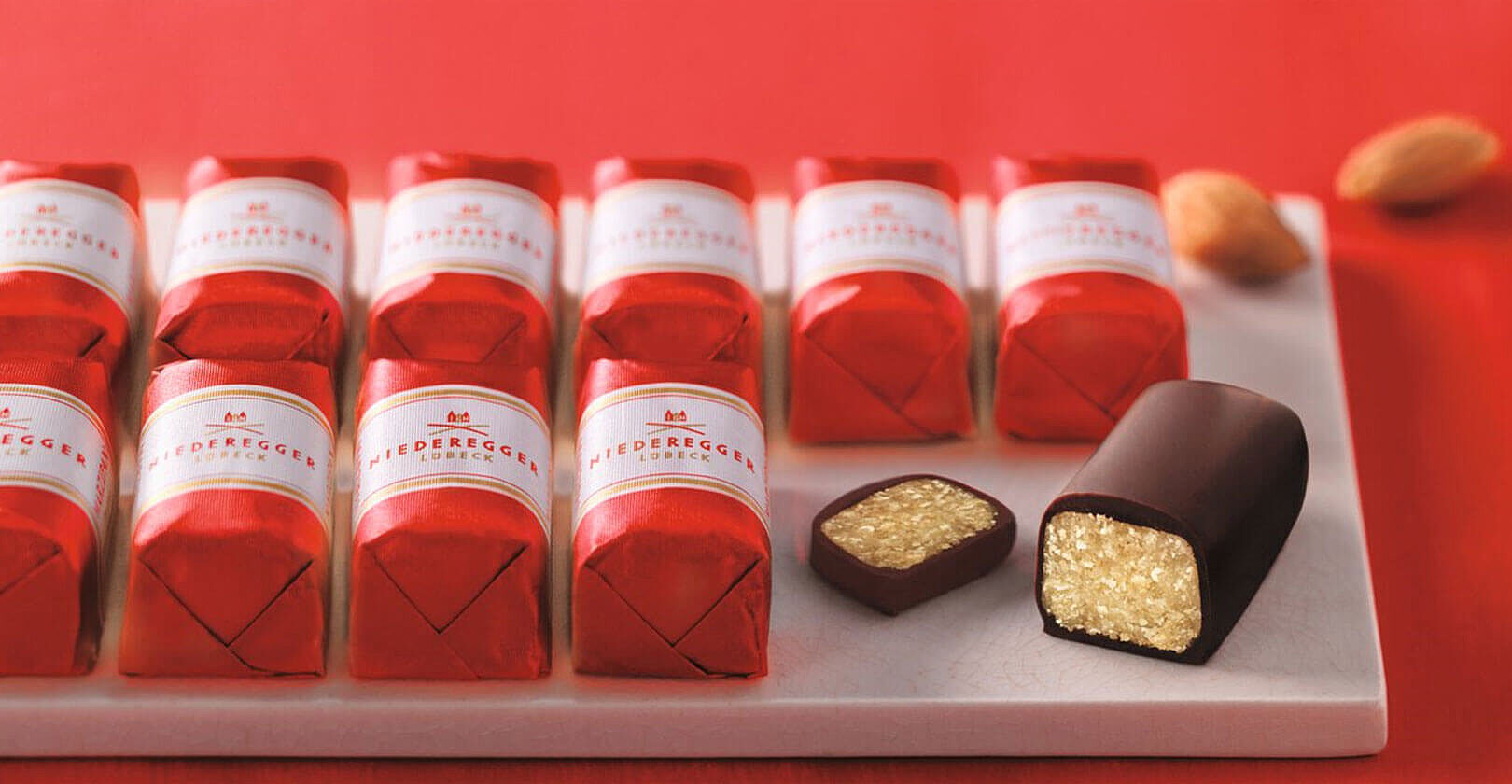HISTORY OF MARZIPAN
My name is Johann Georg Niederegger. And this is the history of marzipan. I want to recount it for the benefit of anyone who may be interested.
It is common knowledge that the mouthwatering delicacy we call marzipan originates from the Orient.
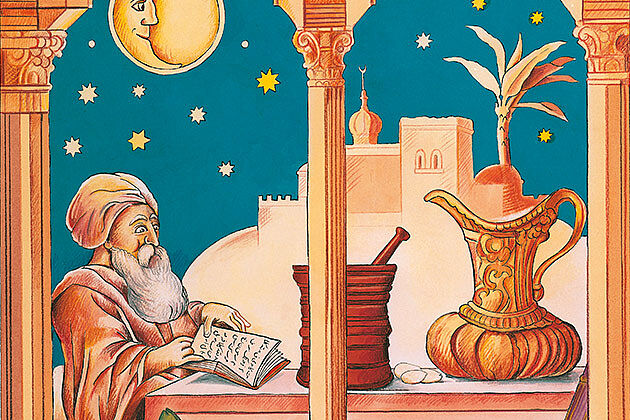
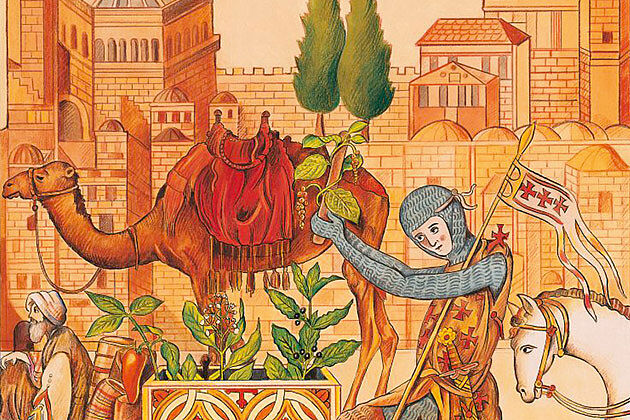
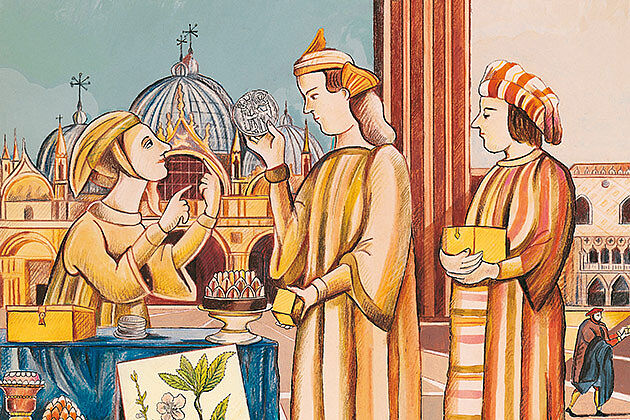
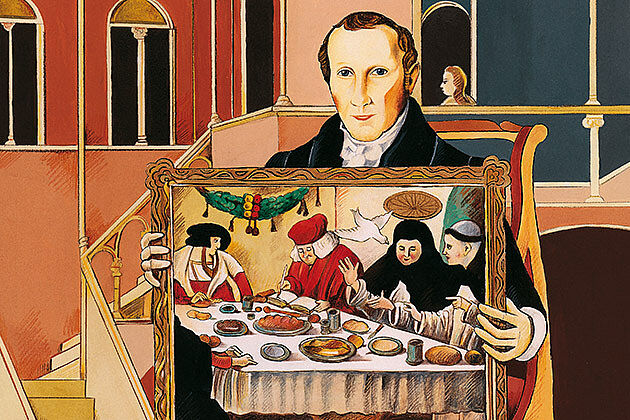
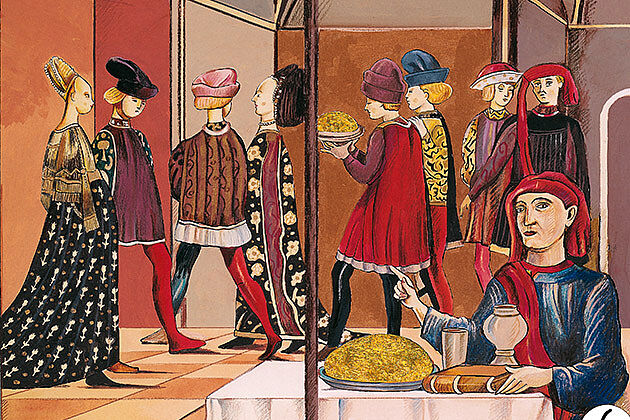
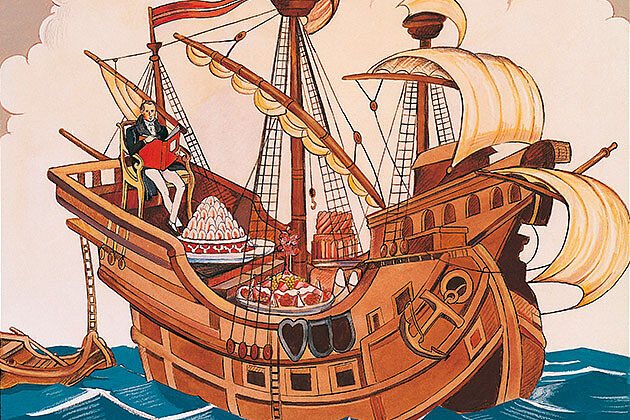
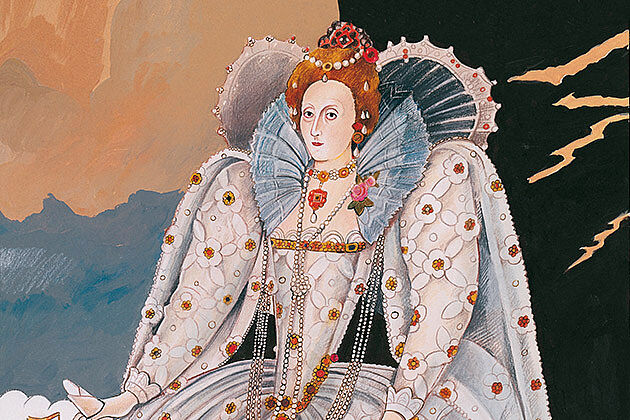
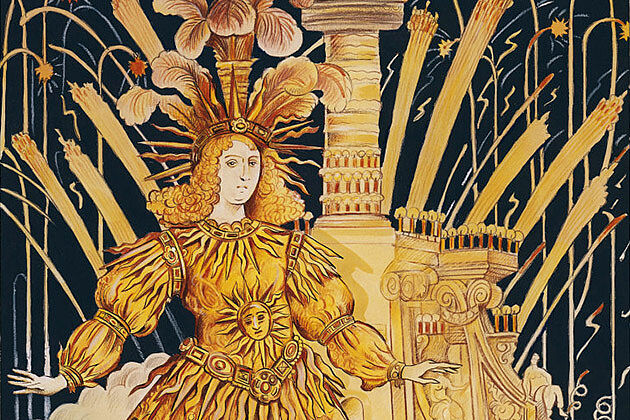
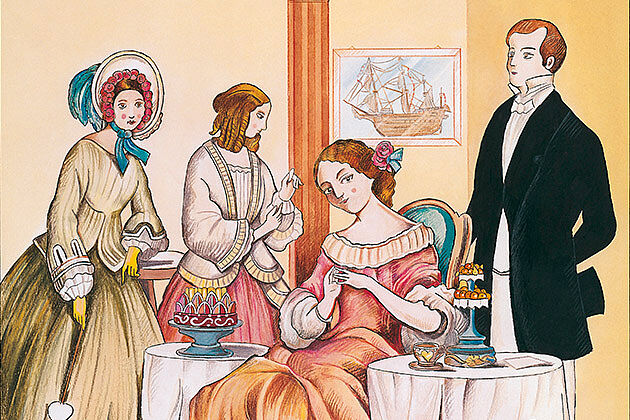
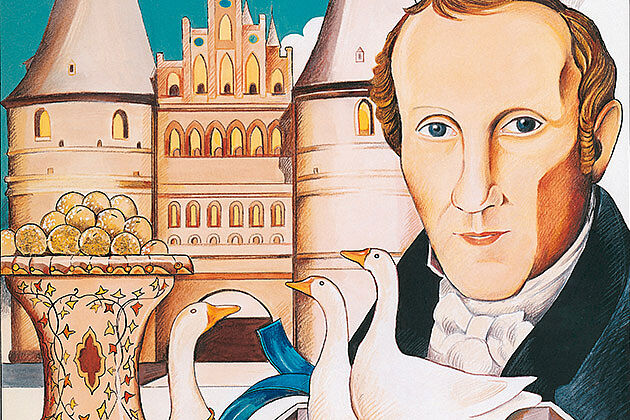
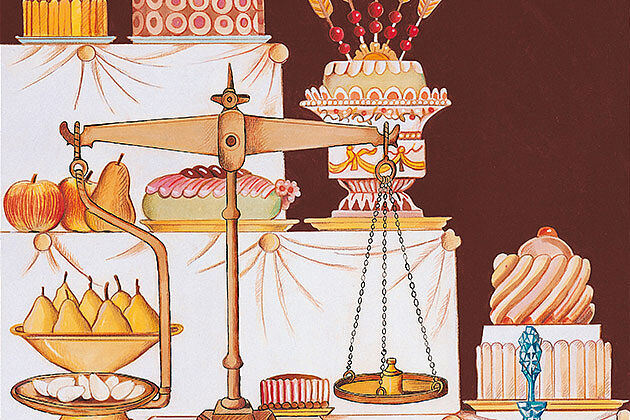
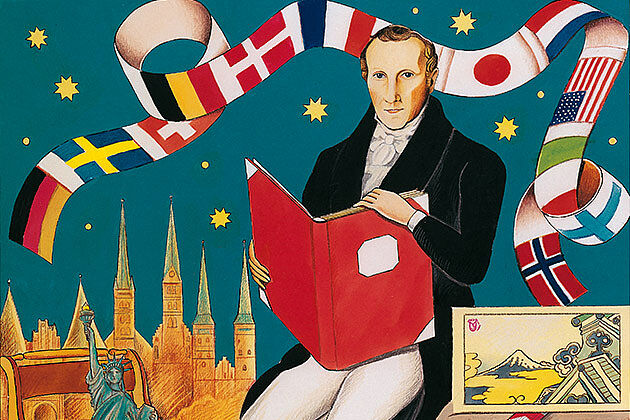
prev
next
The world’s almond and sugar-growing countries are where it was invented. The Persian physician Rhazes, who lived from 850 to 923, wrote a book extolling the almond and sugar mixture as a remedy for illnesses.
When the crusaders returned from the Orient, they brought with them all manner of spices and Oriental secrets.
In 13th century Venice, Naples and Sicily, spices and confectionery were mainly traded in little boxes. As time went by, the charming word “mataban” meaning “little box” came to be used for the box’s contents: mazapane (Italian), massepain (French), marzipan (German).
Did you realise that as long ago as the 13th century the great philosopher and theologian Thomas Aquinas wrote about indulging in marzipan? In his teachings, he responded to the questions and uncertainty of his clerics by stating: “Marzipan does not break the fast.”
The link between passion and marzipan is evident in the tales of the great story-teller Boccaccio. In those days, the almond delicacy was decorated with gold leaf to underline the fact that marzipan was the height of indulgence.
The huge Hanseatic cogs carried spices and other highly-prized ingredients to the far north. Initially, however, only pharmacists were allowed to trade with sugar and spices. It was not until later that a newly formed profession – the confectioners – was also allowed to manufacture marzipan.
The first people in Europe to have the pleasure of indulging in marzipan were members of the royalty and the well-to-do. Queen Elizabeth I of England, who lived from 1533 to 1603, is reported to have been addicted to all things sweet. This led to the coining of the term “royal indulgence”.
Later on, at the lavish feasts held by Sun King Louis XIV of France, huge table centrepieces made of marzipan were a familiar sight. Everything the heart desired, be it fruit, poultry or game, was reproduced as realistically as possible out of marzipan.
In the first half of the 19th century, this fine almond delicacy also became readily available to the middle classes in the coffeehouses. The development of a method to extract sugar from sugar beet made luxury marzipan confectionery more affordable. Lübeck was one of the places whether marzipan was particularly sought after.
Now let me tell you a little about my life: As a young man, my apprenticeship and journeyman years took me from my home town of Ulm to the Hanseatic town of Lübeck and a confectioner by the name of Maret. In 1806, I succeeded in opening my own business. I supplied kings and czars with my products.
From then on, I continually enhanced my reputation by providing first-class quality. My marzipan recipe, consisting of as many almonds as possible, as much sugar as necessary plus a secret ingredient, has been passed on from one generation to the next since my death. As a result, Niederegger marzipan has remained just what it always was: a delicious speciality made from premium-origin almonds.
New-York, Paris, Berlin, Tokyo – our confectionery products travel the globe. Niederegger stands for “marzipan of world repute“.
